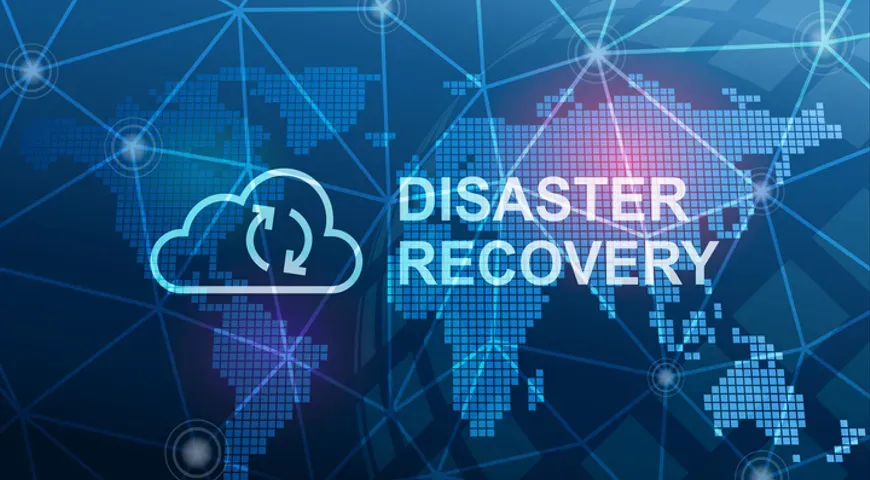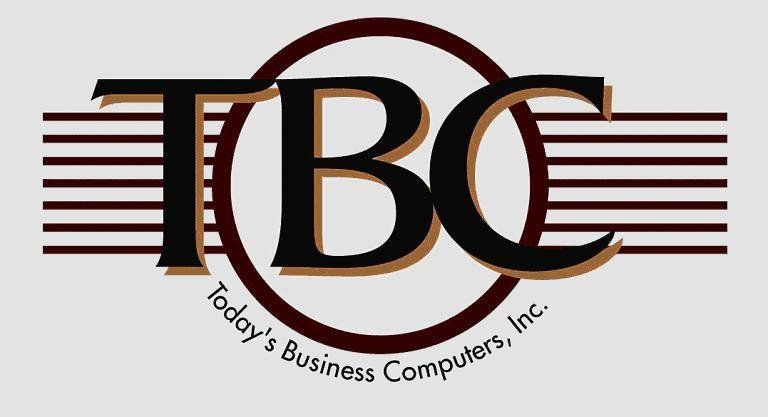What Is Disaster Recovery? - Acronis Disaster Recovery Solution

In this article, we will define disaster recovery and discuss why it is important, the types of disaster recovery solutions available, disaster recovery best practices, and how to calculate disaster recovery return on investment (ROI), and why it is important to have a Business Continuity Plan and Disaster Recovery Strategy.
What is Disaster Recovery?
Disaster recovery refers to the process that companies follow to recover their systems and data after a man-made or natural disaster. Disaster recovery relies upon replicated production data that is backed up to an offsite location, be it a different data center, office, or in a private or public cloud. When a disaster strikes, the organization can recover its data from these backups. In some cases, the organization will use the offsite location as its production site until the original site is back up and running.
Why is Disaster Recovery Important?
Any business that collects data needs to have a secure and well-structured disaster recovery strategy. Failure to do so not only results in massive data loss but also can also seriously damage a business’ credibility and reputation in the market. Businesses without a disaster recovery strategy put themselves at serious risk of going out of business. However, even businesses that have disaster recovery strategies in place can often find themselves unprotected during a natural or man-made disaster because the plan was never tested or exercised.
In today’s world, data is a valuable commodity. Organizations that fail to secure the integrity and safety of their data risk the future of their business. Downtime can have a disastrous impact on your customers and your revenue. To stay protected, organizations need to have localized and cloud-based disaster recovery solutions to cover all eventualities. Depending upon the type of disaster recovery solution you choose, it can be incredibly complex to protect and recover data while keeping costs low.
Types of Disaster Recovery
While most will tell you that there are three types of disaster recovery–cold, warm, and hot–there are also some variations on those alternatives, which are discussed below.
Back up to a remote site. While some SMBs back up their data to an offsite system, or back up to magnetic tape or a drive that is shipped to an offsite location, backup is not considered a true disaster recovery solution because it does not address recovery in terms of Recovery Point Objectives (RPOs) and Recovery Time Objectives (RTOs).
Backup as a Service. Backup as a service is the same as backing up your data to a remote location except the service is offered by a third party.
Point-in-time snapshots. A point-in-time snapshot or point-in-time copy is a copy of the database as it appears at a given point in time. For disaster recovery purposes, the snapshot must be stored offsite. Depending on the timing of the snapshot, some data loss will occur.
Cold sites. A cold disaster recovery site is an office or data center–located away from the primary site– that has power, heat, air conditioning, etc. but no running IT systems. When a disaster happens, employees can work at this site to maintain business continuity and keep operations running but there is no technology installed. Depending on the length of the disaster, an organization may install the necessary systems after the disaster hits. This type of site is the least expensive option when compared to warm and hot sites.
Warm sites. A warm disaster recovery site offers office space and a technology infrastructure that is used when a disaster hits the primary site. A warm site has power, heat, air conditioning, etc. but also has network connectivity and redundant hardware/software already up and running. Backups from the primary to the warm site are performed on a daily or weekly basis, which can result in some data loss. This type of site is the second most expensive option next to a hot site.
Hot sites. A hot disaster recovery site offers office space and a complete replica of the primary site’s IT infrastructure, systems, applications, and up-to-date data. A hot site is expensive but is the best option to reduce downtime.
Disaster Recovery as a Service (DRaaS). DRaaS is a service where an organization backs-up their systems and data to a public cloud that is managed by a third-party cloud provider. The provider charges a pay-as-you-go fee, which is billed on a monthly or annual basis. To be considered a true disaster recovery option, the DRaaS infrastructure must be located away from the primary site.
Virtual Disaster Recovery. With a virtual DR solution, you create a replica of your entire IT infrastructure and run it on an offsite Virtual Machine (VM). Since VMs are hardware independent, you easily load your backup and recover from a disaster in just a few minutes.
Instant recovery. With instant recovery, you can take a snapshot of an entire virtual machine (VM) and run another VM from that backup. The secondary VM must be in a location that is not affected by the disaster.
Disaster Recovery Best Practices
Place production and DR data centers in different regions. To make sure your backups are secure, it is important that you store them in one or more locations that are not near your primary location. Generally, you are looking to keep your data backups in a location at least 150 miles away from the primary site. This minimizes the chances of your data being impacted by a single disaster. Ideally, these data centers will be located on separate power grids to minimize any power outages.
Test your Disaster Recovery Strategy. For your disaster recovery strategy to be effective, you need to run regular tests and exercise your plan. Untested plans are unlikely to work in the event of an emergency, particularly if your plan revolves around multiple staff members following special procedures. To test a plan effectively, you need to test all systems and processes to check for weaknesses. Writing up a checklist and taking your staff through a recovery walk-through is a great way to make sure you are prepared in the event of a disaster. Next, come up with mock scenarios to look for weaknesses in your plan. This can be as simple as anticipating the failure of a power generator. Ask “If this fails, what else could we do?"
Make sure staff are trained to follow through on the Disaster Recovery Strategy. Rather than leaving the responsibility of the disaster recovery strategy in the hands of a few specialists, it is much better to train several staff in the event that some individuals are unavailable during a disaster. It’s also a good idea to train a team outside of your primary data center region.
Disaster Recovery ROI
The ROI calculation for disaster recovery is:
ROI = (Avoided Loss – DR Solution Costs) / DR Solution Costs x 100%
Here are the numbers you need for the calculation. First let’s calculate avoided loss.
Avoided Loss = Unprotected Downtime Loss – Protected Downtime Loss
Unprotected downtime. This is the time it will take you to restore company operations without a DR solution.
Protected downtime. This is the time it will take you to restore company operations with a DR solution in place.
Hourly revenue realized. Divide your company’s annual revenue by the number of working hours in a calendar year.
To determine unprotected downtime loss and protected downtime losses. Multiply both downtimes by the hourly revenue.
Avoided loss. Subtract protected downtime loss from unprotected downtime loss.
This is the first component of your ROI calculation.
The second component of ROI is the cost of your DR solution. You can contact Acronis to find out what the DR costs are for your specific environment. Then you will have all the components you need to calculate ROI. Before presenting your ROI calculation to your management team, you should ask your CFO for some guidelines on what they consider a good ROI.
Business Continuity vs. Disaster Recovery
When it comes to being fully prepared for any disaster, your company should develop plans to address both business continuity and disaster recovery. The difference between business continuity and disaster recovery is that the former talks to recovering business operations, while the ladder talks to recovering the company’s IT infrastructure.
A business continuity planning (BCP) is the “process involved in creating a system of prevention and recovery from potential threats to a company. The plan ensures that personnel and assets are protected and are able to function quickly in the event of a disaster.” A BCP comes into play during times of disaster and other unforeseen events such as a major security breach, illness or death of a company executive, pandemic, civil unrest, etc.
An IT disaster recovery strategy is a major sub-component of your BCP. It is a roadmap that defines the steps to resume IT operations and recover IT systems, including the network, servers, desktops, databases, applications, and any other IT component.
How to find the best disaster recovery solution
At its core, disaster recovery is an insurance policy. But just as you have to select insurance coverage that fits your needs and budget, the DR strategy and solution you deploy should be carefully chosen. Large organizations that have extensive IT resources and expertise may be ready to manage their disaster recovery directly using a comprehensive solution like Acronis Cyber Disaster Recovery. Easy to deploy and manage, it ensures all workloads – whether they are on-premises or cloud-based – are instantly available when disaster strikes. It also includes an isolated testing environment so IT teams can ensure the system will keep the business running no matter what happens.
While small and medium-size businesses may not have the resources needed to maintain their own disaster recovery program, but they still face the same risks of disruption and the cost of unplanned downtime can be even more fatal to their operations. That’s why many SMBs rely on managed service providers (MSPs) for their IT needs, including managed disaster recovery services. With a cyber protection platform such as Acronis Cyber Cloud, MSPs can provide multiple layers of protection, including backup and disaster recovery as a service to ensure the data, applications, and systems these smaller companies use are always available and protected.
That flexibility means that any organization, regardless of its size, can deploy an appropriate disaster recovery strategy so they can weather whatever challenges they face.
Additional Reading
Acronis. ROI of Disaster Recovery.











